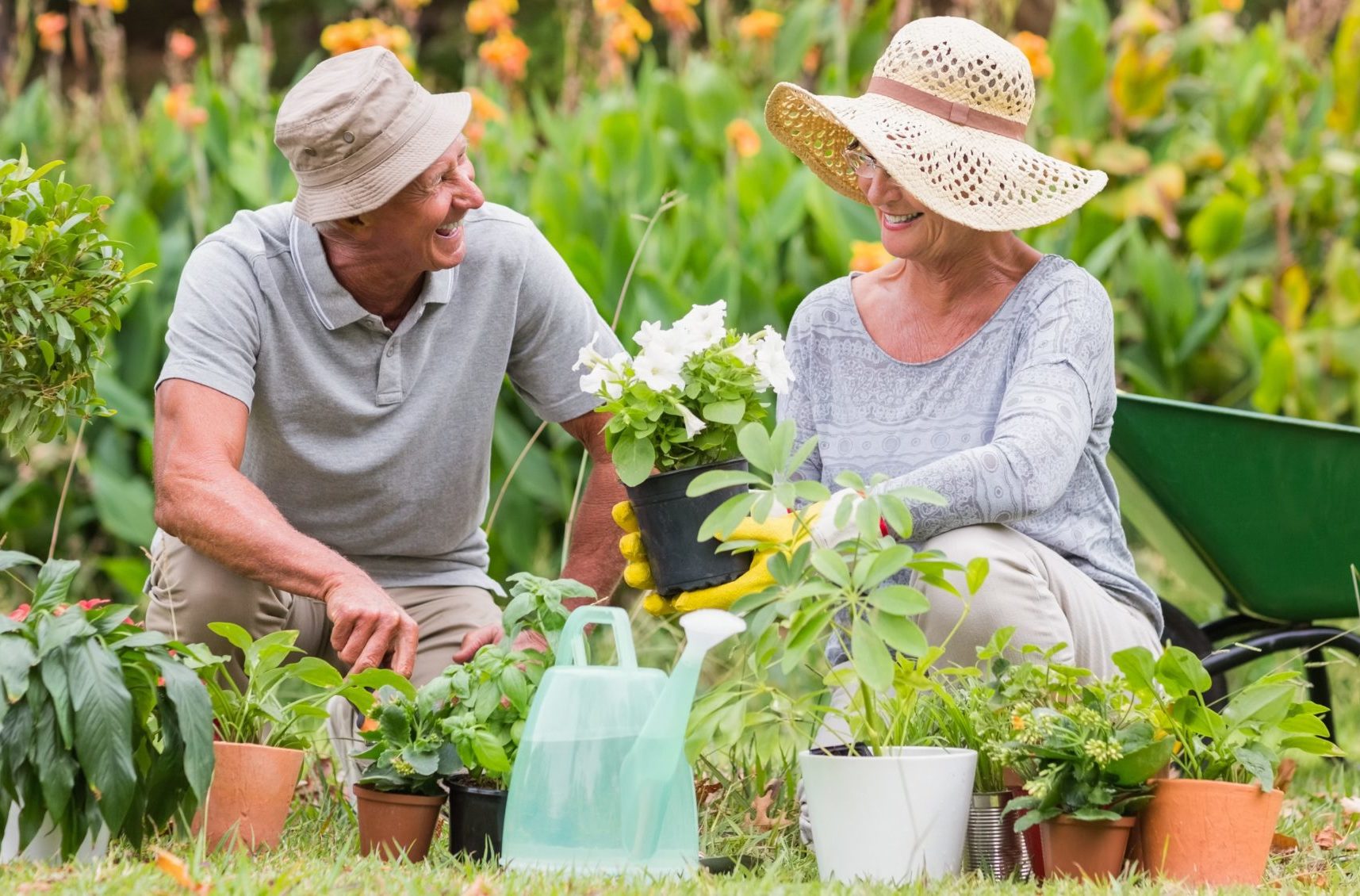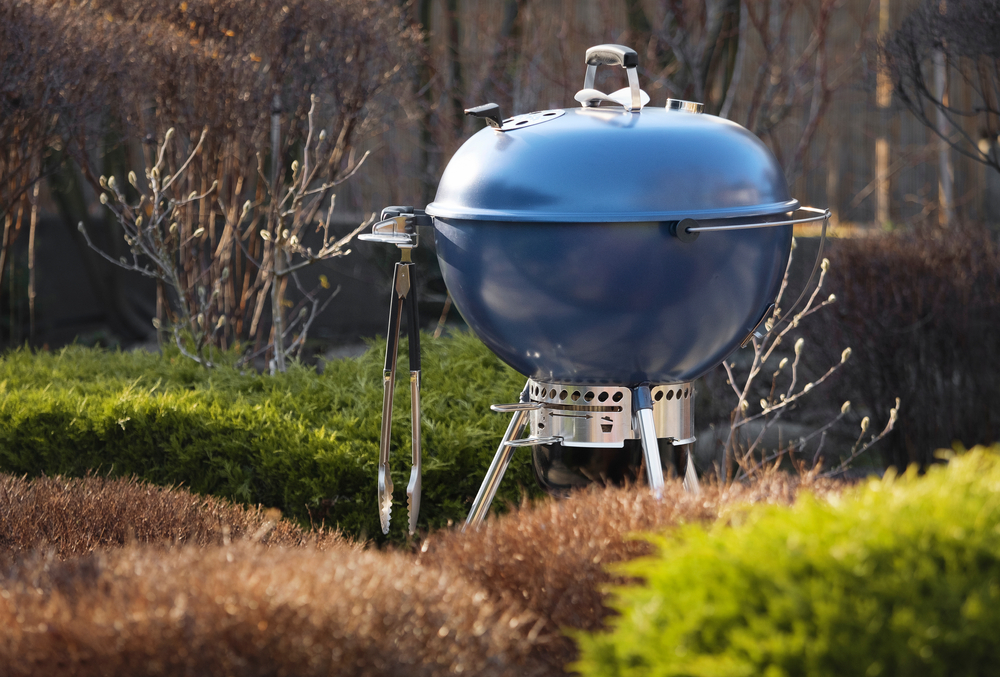Setting up the perfect chicken run for your backyard is an exciting project that can bring you and your family hours of joy. Not only is it great fun to watch your chickens roam free in the yard, but it also provides you with the opportunity to enjoy the fresh eggs they provide. With the right materials and a bit of planning, you can easily create a safe and secure environment for your chickens to flourish in. Whether you’re looking to build a simple chicken run from scratch or are looking for a more elaborate design, there are several things to consider to ensure your chickens stay safe and healthy. From choosing the right size, location, and material to selecting the right feeders, waterers, and nesting boxes, this guide will walk you through the process of creating the perfect chicken run for your backyard.
Why you need a chicken run
While chicken coops and hen houses provide a safe and secure environment for your chickens to live in, they don’t offer them the same freedom to roam and explore as a chicken run does. By constructing a chicken run, you’ll not only provide them with the ability to stretch their legs, scratch the soil, and enjoy the sun, but also give them the opportunity to spend time with their flock mates by pecking, scratching, and foraging in the dirt. Roaming chickens are also less likely to fight, have fewer health issues, and will produce more eggs than chickens that are caged. Unfortunately, predators such as raccoons, possums, foxes, snakes, and rodents can easily access your chickens through their coop. By creating a chicken run that allows your flock access to the whole yard, you’ll not only protect them from these predators, but also allow them to spend more time foraging for bugs, worms, and other natural foods.
Understanding the basics of a chicken run
Before you begin constructing a chicken run, it’s important to understand the basic principles of how a run works. A run is typically a long, open-ended structure with sides and a roof that allows your chickens to enjoy the fresh air and sunlight. It’s important that their run has easy access to the coop to prevent predators from accessing both areas. The size of the run will depend on how many chickens you want to accommodate, with the general rule being one square foot per bird. You should also consider the age, size, and breed of your chickens when selecting the size of the run. It’s also important to keep in mind that the run should be large enough to accommodate a rotating grazing area, with a feeder, waterer, and nest box.
Selecting the right size and location
When building your chicken run, you’ll first need to select the right size and location. Your run should be large enough to accommodate your chickens, their feeder, water, and nesting boxes, while also having plenty of room to roam freely. It’s important to select a location that is exposed to plenty of sunlight, is easy to clean and access, and is protected from the elements. You can either construct your own run or purchase an already built one. If you decide to build your own run, it’s important to select the right size and location to prevent your chickens from escaping. A good rule of thumb is to build your run at least three feet away from any fence, wall, or other structures that your chickens could jump onto and escape through. You should also build your run at least one foot away from any plants you don’t want eaten by your flock, as well as one foot away from any pathways to prevent your chickens from wandering where they’re not wanted.
Selecting the right materials
When constructing your chicken run, it’s important that you use materials that are durable and won’t easily rot or rust. While wood and vinyl are the most common materials used for runs, it’s important to select a type that is safe for your chickens and that won’t taint their food or water. You should also ensure that any materials you use are easy to clean and that they can be disinfected easily. While you can use vinyl for the base, you should use wood for the sides to prevent your chickens from digging out. It’s also a good idea to line the inside of your run with hardware cloth to prevent your chickens from digging out. You should also select a roofing material that won’t rust and that your chickens can’t roost on.
Setting up the chicken run
Once you’ve selected your materials, it’s time to begin setting up your run. To begin, line the base of the run with hardware cloth to prevent your chickens from digging out. Next, nail the sides of the run together, leaving a gap of about two to three inches at the bottom for your chickens to go in and out easily. Finally, nail the roof of the run onto the top of the sides. Once you’ve completed the run, you should line the inside with a thick layer of hay to prevent your chickens from getting frostbite in the winter months. You should also add a few perches to allow your chickens to rest off the ground. You can easily install a feeder, waterer, and nesting boxes inside the run for your chickens to use. Just be sure to select ones that are large enough for your birds and that can’t be easily toppled over.
Designing the layout
Once you’ve completed your run, you may want to consider designing the layout to better suit your flock. You should place the feeder and waterer in the middle of the run, while the nesting boxes should be placed on one end of the run. You should also leave enough space between the run and the fence to allow your chickens to roam freely without wandering out. Once you’ve decided on the layout of your run, you should use hardware cloth to secure it to the ground. You should also use a tarp or other material to cover the run in the winter to prevent your chickens from getting frostbite.
Installing the feeders, waterers, and nesting boxes
The feeders, waterers, and nesting boxes should be installed inside the run before you allow your chickens access to it. It’s important that these items are secure, properly located, and large enough to prevent your chickens from tipping them over. It’s also important to make sure that your chickens can’t access the feeder or waterer from outside the run, as this can attract pests. You can prevent this by using mesh or screen. You should also clean your feeders and waterers on a daily basis to avoid the spread of disease and to ensure your chickens are getting clean water. chicken run
Adding shade, shelter, and perches
To make your chickens as comfortable as possible, you should also consider adding shade, shelter, and perches. Shade is important to protect your chickens from overheating in the summer months, while shelter is needed to protect them from bad weather. You can easily make a simple shelter by nailing together some wire, covering it with a thick layer of hay, and placing it in a sunny location. Perches are important for your chickens’ health, as they allow them to stretch their legs and exercise properly. You can easily make a perch by attaching a board to the side of the run. To ensure your chickens are safe and protected, you should also make sure the run is secured to the ground.
Ensuring your chicken run is secure
You should also make sure your chicken run is secure to prevent predators from accessing your flock. To begin, you should place your run in a secluded and protected location, making sure it’s at least one foot away from pathways and other areas of traffic. Next, you should use hardware cloth to secure the bottom of the run to prevent predators from digging in. Finally, you should also place a wire covering over the top of the run to prevent predators from climbing in. You can easily make a wire covering by nailing together pieces of hardware cloth.
Maintaining a healthy and safe environment
Finally, you should make sure you’re maintaining a healthy and safe environment for your chickens. This is best done by regularly cleaning and disinfecting your run, making sure your chickens have access to clean water, and providing them with a healthy diet. You should also regularly check your chickens for signs of illness, and contact your veterinarian if you notice anything unusual.
This article is provided by https://www.barkukonline.co.uk/poultry-run-wood-chips


